18V Li-Ion drill battery pack rebuild
Quick project to rebuild an 18V Li-Ion drill battery pack
Quick project to rebuild an 18V Li-Ion drill battery pack
To make the experience fit your profile, pick a username and tell us what interests you.
We found and based on your interests.
Like most Li-Ion battery packs, the cells are connected via spot welded metal strips. To remove the cells from this pack, I unsoldered the sensing wires, and then used a wire cutter to cut the strips as they wouldn't be reused.
The strips are spot welded to the battery terminals because it is not only difficult to solder to them, it's really not a good idea. There is a good deal of metal to heat up, and the cell itself is not meant to take that much heat and may be damaged. This is one of the advantages of the cells that I sourced, they already have wires on each end.
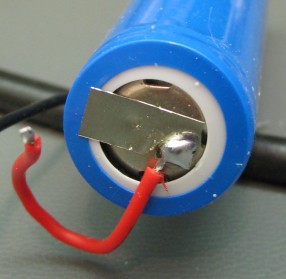
More specifically, they have a small tab welded on(remember the note about not soldering to the battery itself?), with the wire soldered to the tab. These would be much easier to assemble.
I inserted the cells into the frame in the same orientation as before:
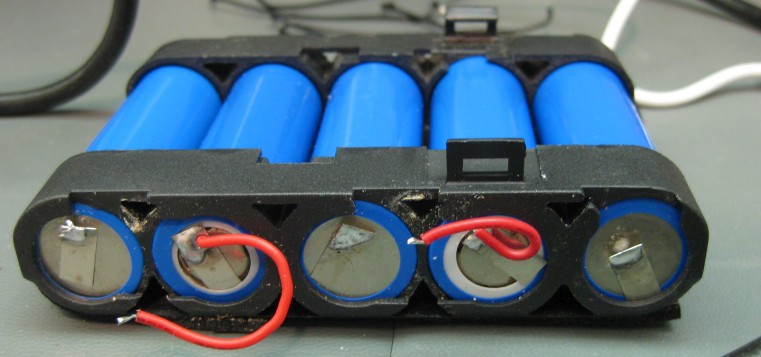
It was very easy to solder the wires between the tabs to make the 5S string.:
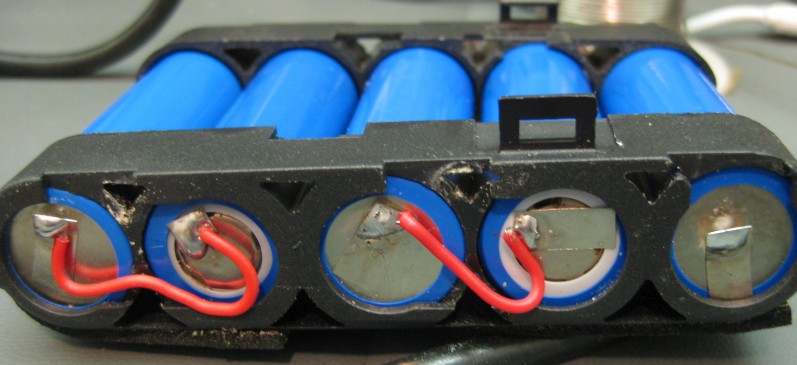
I probably should have replaced these wires with thicker gauge, and would do that next time for the next one I rebuild.
I used some tape to hold the frame together, taped the temperature sensor back into place, and reinstalled the controller board. Then it was a simple matter to reattach the leads and voltage sense wires. I'm not sure if the battery monitor needed a specific power sequence, but to avoid damage, I started with ground, and then did the sense lines in order before attaching the positive.
All together:
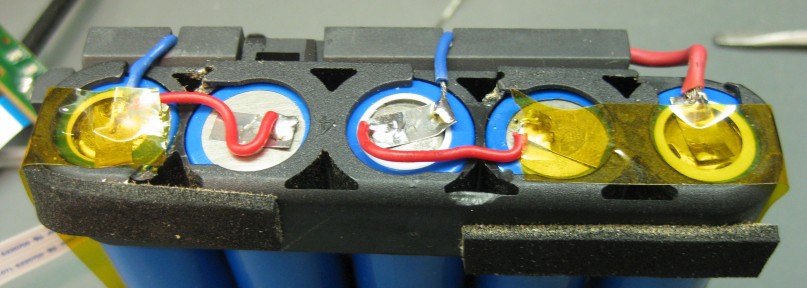
Finished unit:
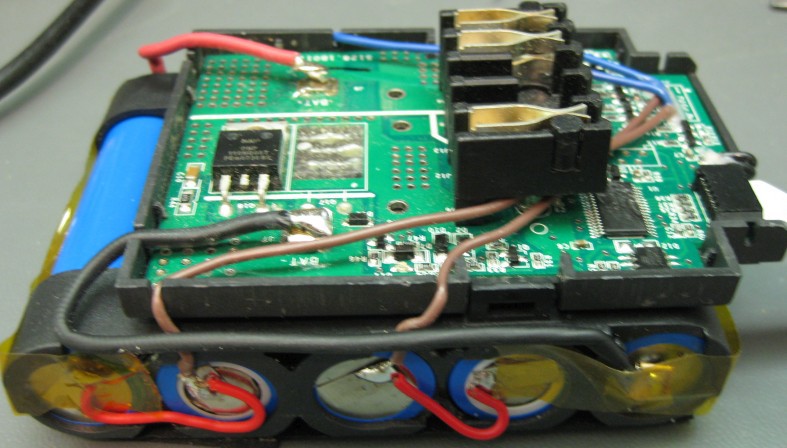
I put the foam back into place, and fit it tightly into the case. Prior to starting the project, I fully charged each cell in it's original USB charger so that they would be roughly balanced. This was a cell voltage of between 4.1-4.2 depending on the charger. The variation was likely due to tolerance on the different charge chips. The on board battery level meter in the pack showed full right away.
Testing out in the drill, it works great, and charges correctly on the drill's original battery charger.
Overall, this project cost $10 plus an hour of work to rebuild an $80 battery back to it's original performance.
I have 3 of the same drill, each with their own battery pack, which has been extremely convenient in avoiding changing bits back and forth. Awhile back, one of the packs failed, showed no voltage, and would not charge. While I still had 2 which was ok, I decided to do a quick rebuild of the failed one inspired by some cheap USB portable chargers that were on low clearance.
Before even starting, it was a very safe assumption that the battery pack used standard 18650s. They are pretty much everywhere you find Li-Ion, unless there is a tight form factor requirement; usually thin devices. Added to this, 18V is 5 times the nominal 3.6V 18650 battery voltage, and the form of the pack could reasonable hold 5 of them, plus some electronics.
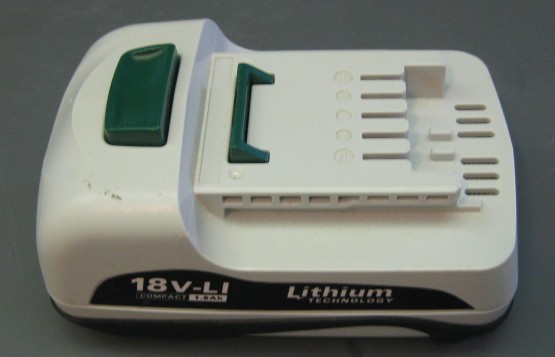
After finding the appropriate security torx bit, this was proven correct.
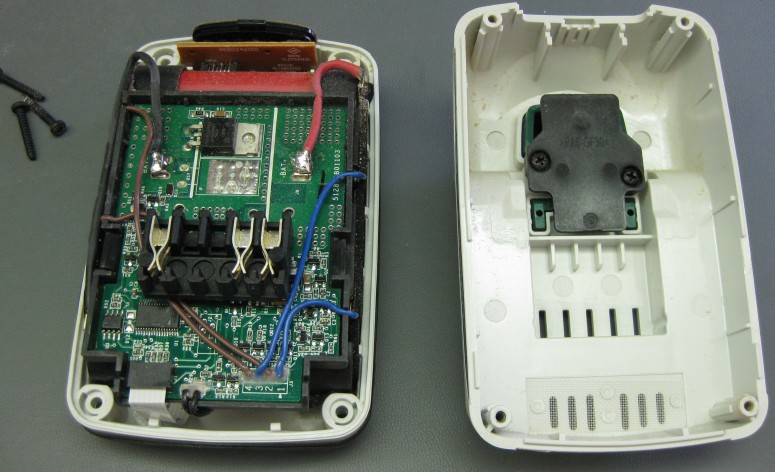
It took some extra pulling to get the batteries out, but thankfully they were just pressure fit, not stuck with adhesive like I suspected:
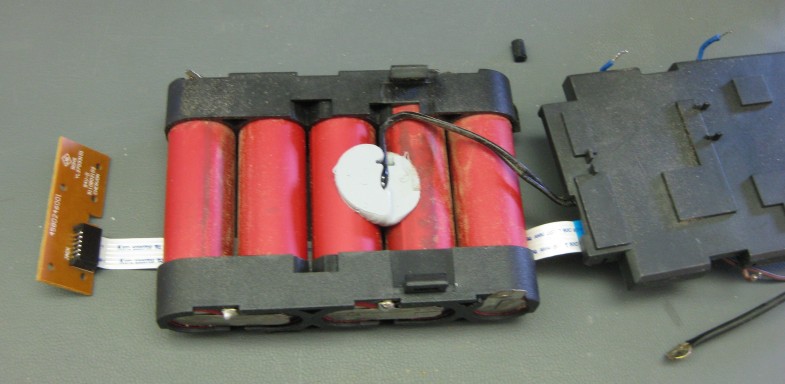
To the left is a small board with the battery gauge, center are the 5 cells, with a temperature sensor attached, and the right is the frame which holds the controller board. To flip this open, I had to unsolder each wire to the pack.
Surprisingly, this was actually a well designed pack, despite being a low budget drill. It correctly senses the voltage on each cell, and has a pass transistor which shuts off the output if there are issues(such as any cell falling below minimum voltage).
For the replacement cells, I picked up 5 of these in a clearance sale:
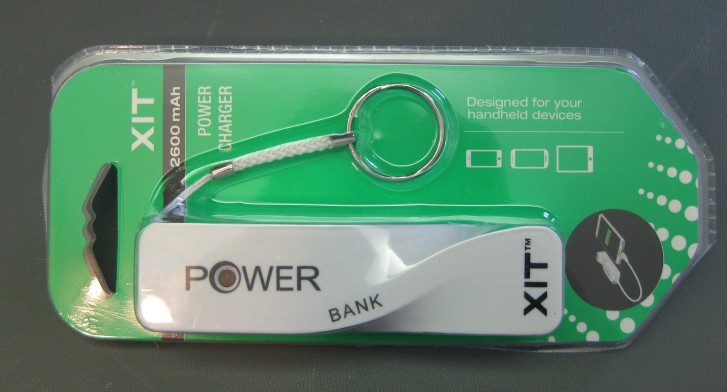
This form factor of powered charger is clearly a single 18650 cell. The unit comes apart easily with a slot screw driver to pry off the back panel:
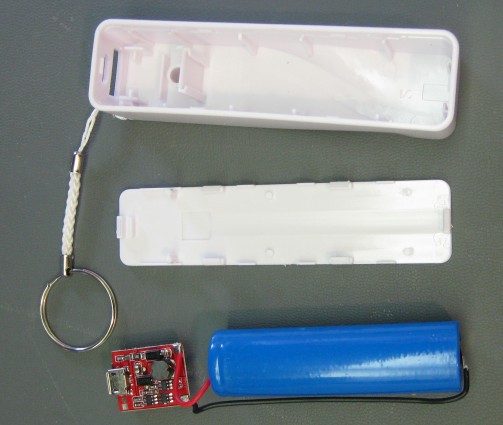
Create an account to leave a comment. Already have an account? Log In.
Become a member to follow this project and never miss any updates
By using our website and services, you expressly agree to the placement of our performance, functionality, and advertising cookies. Learn More